| Darknet Market | Established | Total Listings | Link |
|---|---|---|---|
| Abacus Market | 2022 | 400+ | Onion Link |
| TorZon Market | 2022 | 300+ | Onion Link |
| Ares Market | 2024 | 200+ | Onion Link |
| Cocorico Market | 2022 | 100+ | Onion Link |
| BlackSprut Market | 2023 | 350+ | Onion Link |
| Mega Market | 2023 | 300+ | Onion Link |
To start using darknet links you should download Tor Browser and then open Onion Links from table below in that Browser
Darknet markets are online platforms for the anonymous buying and selling of illegal goods and services. Operating in the hidden parts of the internet, these markets largely rely on cryptocurrencies. In this article, you’ll discover the key players in 2025, how they operate, their histories, and the risks involved.
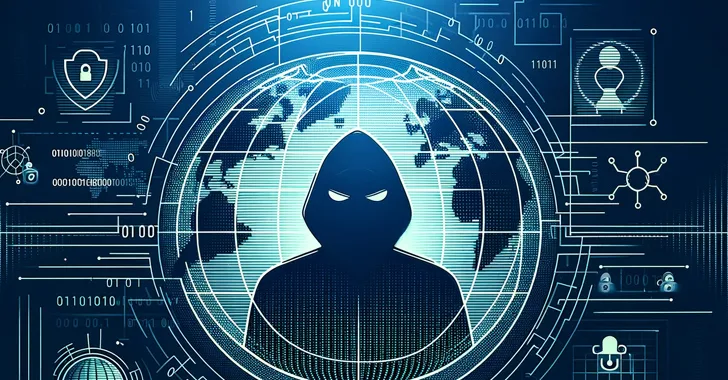
Key Takeaways
- Darknet markets have evolved significantly since the Silk Road, showcasing resilience and adaptability amidst law enforcement pressures.
- Prominent 2025 darknet marketplaces such as Abacus Market, Russian Market, and WeTheNorth offer a wide variety of illicit goods, with cryptocurrencies like Bitcoin and Monero facilitating anonymous transactions.
- The rise of decentralized marketplaces is shifting the landscape of darknet trading, providing enhanced anonymity and reducing risks associated with traditional centralized markets.
Evolution of Darknet Markets
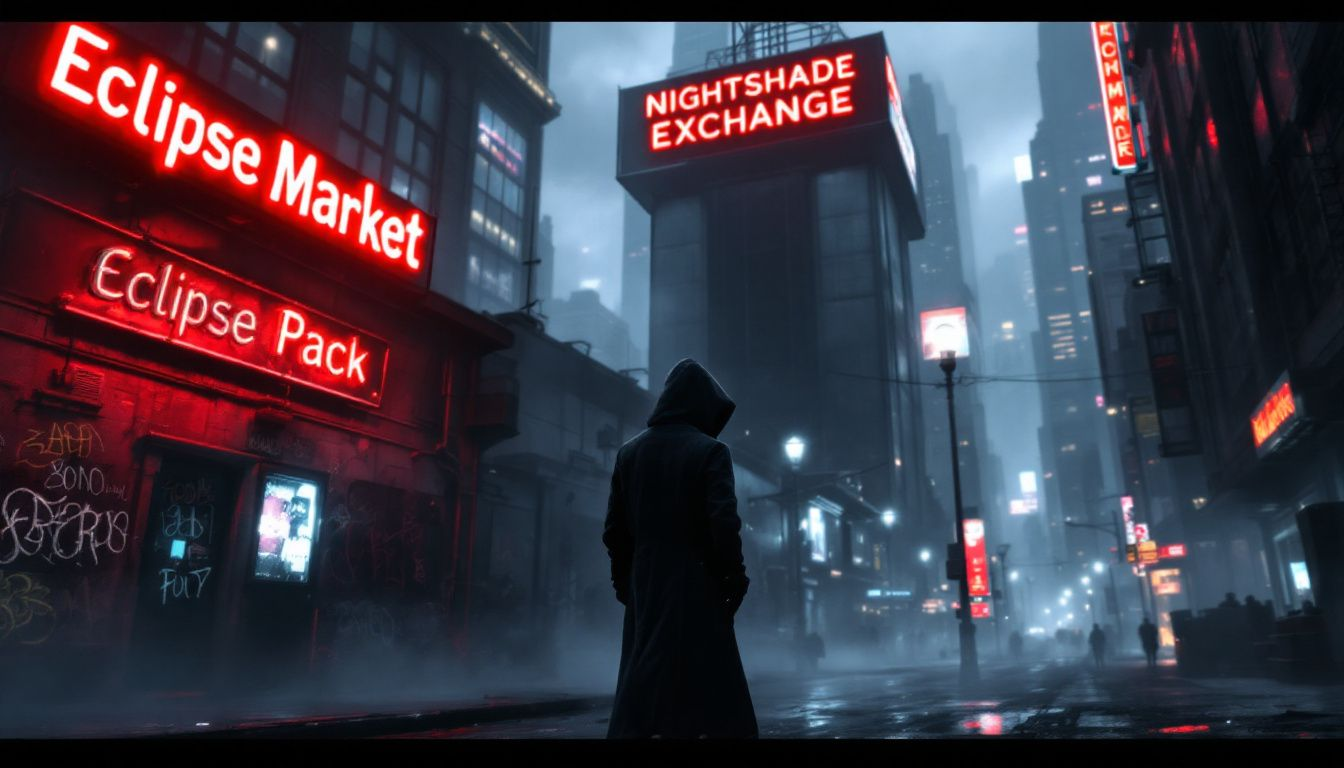
The story of dark web markets began with the Silk Road, the pioneering platform that set the stage for future darknet marketplaces. Operating until 2012, Silk Road’s estimated annual revenue soared over $100 million, highlighting the potential profitability of these hidden markets. However, the closure of Silk Road was only the beginning. By late 2014, Evolution had risen to prominence as one of the largest drug markets on the dark web, capitalizing on the offline status of competitors following Operation Onymous.
Evolution’s success was short-lived. In March 2015, the marketplace fell victim to an exit scam, with its administrators absconding with approximately $12 million in bitcoins. Unlike many other platforms, Evolution allowed for the wholesale trading of stolen credit card information, further diversifying the types of illicit goods available. The period between late 2013 and 2014 saw a flurry of activity, with the launch of successors like Silk Road 2.0 and Agora, alongside the takedown of various other markets.
Despite numerous challenges, dark web marketplaces have shown remarkable resilience. They continue to emerge and flourish as long as anonymous trading remains possible. Defined as illegal, unregulated commercial websites, these dark markets constantly adapt to law enforcement pressures, evolving in complexity and sophistication.
As we move further into 2025, the darknet market ecosystem remains as dynamic as ever, with multiplemarkets vying for dominance. Key players like Abacus Market, Russian Market, and others have established themselves as leading marketplaces, each with unique offerings and operational nuances. But what makes these markets stand out in the crowded landscape of the dark web?
Prominent Darknet Marketplaces in 2025
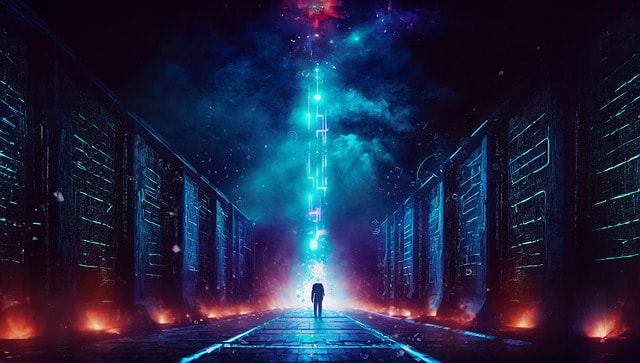
The dark web is home to numerous marketplaces, each carving out its niche in the illicit economy. In 2025, several popular dark web marketplaces have risen to prominence, attracting users with their diverse offerings and robust security measures. From Abacus Market to WeTheNorth, these platforms represent the cutting edge of dark web marketplaces.
Let’s take a closer look at the top six leading markets to watch this year.
Abacus Market
Abacus Market emerged in September 2021 and has quickly become a formidable player in the darknet market ecosystem. With an estimated market value of $15 million, Abacus Market offers over 40,000 products, making it one of the most extensive platforms on the dark web. The primary currencies used for transactions are Bitcoin and Monero, ensuring both traceability and privacy for users.
The market’s extensive product range and robust security measures have made it a popular choice among users. Abacus Market’s rise to prominence underscores the dynamic and competitive nature of dark web markets, where new entrants continually vie for dominance.
Russian Market
Specializing in the sale of Personally Identifiable Information (PII), CVV, RDP, Stealer Logs, and various fraud-related items, the Russian Market has carved out a niche for itself since its inception in February 2019. The market accepts Bitcoin, Litecoin, and Ethereum as payment methods, catering to a wide range of users.
The Russian Market’s focus on fraud and cybercrime services makes it a significant player in the darknet market ecosystem. Its specialization and the variety of tools and data it offers have contributed to its sustained popularity among dark web users.
Torzon Market
Torzon Market, which emerged in September 2022, has introduced a unique vendor feedback system that imports feedback from other markets with PGP proof, enhancing trust and transparency. The market also offers premium accounts that provide users with advanced seller statistics, catering to more serious buyers and sellers.
These features have positioned Torzon Market as a leading marketplace on the dark web. Its innovative approach to vendor feedback and premium services sets it apart from other markets, making it a noteworthy platform in 2025.
Cypher Marketplace
Founded in February 2020, Cypher Marketplace is valued at $15 million and lists over 12,000 products. Transactions on Cypher Marketplace are conducted using Bitcoin and Monero, ensuring a balance between traceability and privacy.
Cypher Marketplace’s extensive product listings and secure transaction methods have made it a popular destination for dark web users. Its continued growth and prominence in the darknet market ecosystem highlight its importance in 2025.
BidenCash
Established in 2022, BidenCash is known for trading personal identifiable information (PII) and engaging in fraud-related activities. The market gained attention for releasing data for free as a form of advertising, a strategy that has attracted numerous users.
BidenCash’s notoriety and unique approach to marketing have solidified its place in the dark web market ecosystem. Its focus on PII and fraud makes it a significant market to watch in 2025.
WeTheNorth (WTN)
WeTheNorth, valued at approximately $3 million, lists over 9,000 products for users. Transactions on WeTheNorth are primarily conducted using Bitcoin and Monero, ensuring secure and private dealings.
The market’s diverse product range and secure transaction methods have made it a prominent player in the darknet market ecosystem. As we move through 2025, WeTheNorth continues to be a crucial platform for dark web users.
Key Features of Darknet Markets

Darknet markets are characterized by several key features that distinguish them from conventional online marketplaces. One of the most crucial elements is the use of escrow services, which protect both buyers and sellers during transactions. These services hold funds in escrow until the buyer confirms receipt of the goods, ensuring a level of security and trust in a largely unregulated environment.
Vendor feedback systems are another critical feature, enhancing accountability and helping users avoid scams. These systems often resemble eBay-like formats, allowing buyers to compare products and vendors based on reviews and ratings. The transparency provided by these feedback systems is essential in importing vendor feedback and building trust within the darknet market ecosystem.
Monero has emerged as a preferred cryptocurrency in many dark web marketplaces due to its robust privacy features. Unlike Bitcoin, which is traceable, Monero uses stealth addresses and ring signatures to obscure transaction details, offering enhanced anonymity for users. The implementation of Ring Confidential Transactions further conceals transaction amounts, making Monero a favored choice for those seeking privacy on the dark web.
Types of Illicit Goods and Services
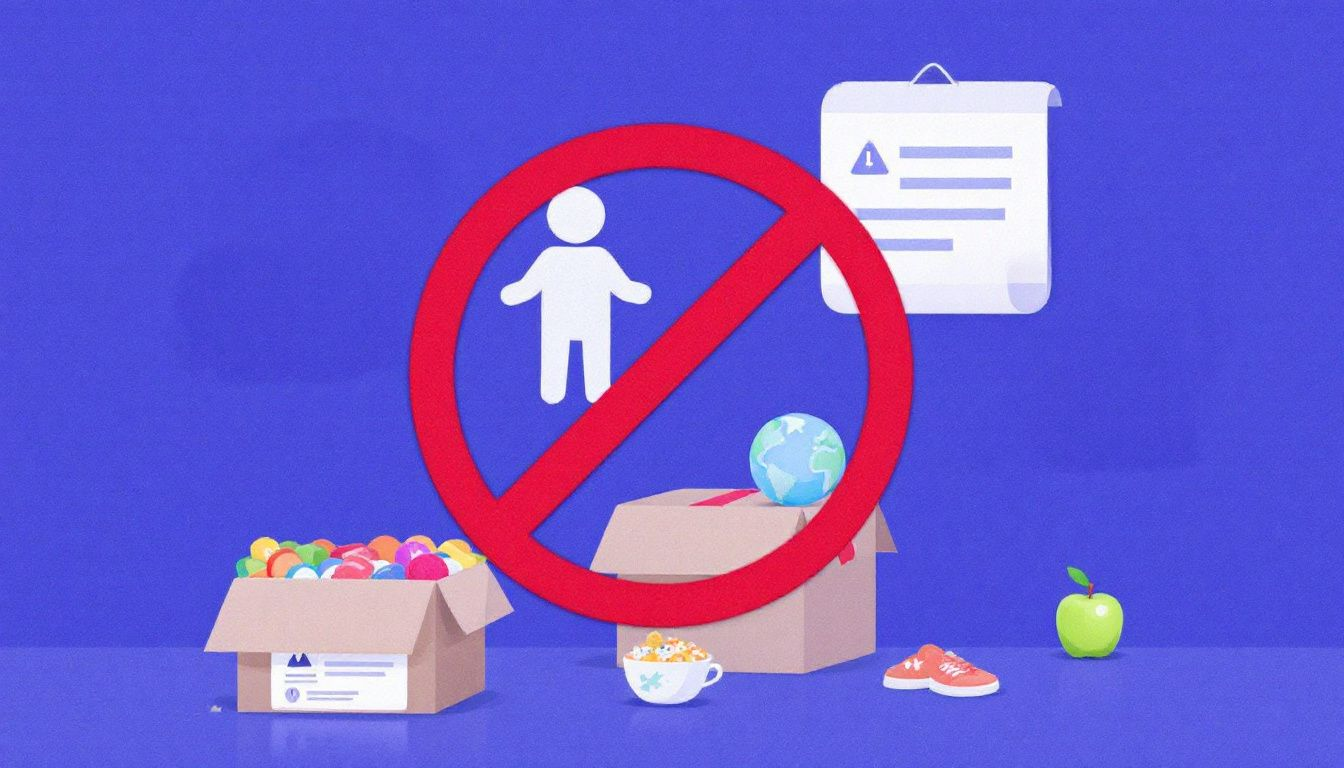
The darknet is home to a wide array of illicit goods and services, catering to the demands of its diverse user base. These offerings can be broadly categorized into four main types: stolen data, illicit drugs, hacking tools and services, and counterfeit items.
Each category plays a significant role in the dark web economy, contributing to its complex and ever-evolving landscape.
Stolen Data
Stolen data is one of the most lucrative sectors on the dark web. Marketplaces like Cypher specialize in selling fraudulent documents and stolen credit card data, while platforms like BidenCash draw in potential buyers by releasing stolen data for free. This strategy not only advertises their services but also fuels further criminal activities by providing the raw materials for identity theft and financial fraud.
The sale of stolen data, including personal identification information (PII) and credit card details, plays a significant role in the illicit economy of the darknet. This stolen information is often used to commit various types of fraud, highlighting the interconnected nature of cybercrime on these platforms.
Illicit Drugs
Illicit drugs remain a cornerstone of the dark web markets. These platforms offer a wide variety of drug listings, often organized by categories such as stimulants, depressants, and hallucinogens. User reviews and ratings are commonly featured, allowing buyers to assess the quality and reliability of the drugs being offered.
Commonly traded substances include heroin, cocaine, methamphetamine, and ecstasy, with a noticeable increase in the availability of synthetic drugs marketed as legal alternatives to controlled substances. The persistent demand for these illegal drugs underscores the ongoing challenges faced by law enforcement agencies in curbing the illicit drug trade on the dark web.
Hacking Tools and Services
The dark web is a hub for cybercrime services, with a wide array of hacking tools and fraud services available for purchase. Dark web markets frequently offer services for hacking financial institutions, carding, and counterfeiting, drawing in users looking for various cybercrime capabilities. Dark web monitoring can help identify potential threats. The Russian Market, in particular, excels in providing tools aimed at facilitating large-scale fraud.
Services for breaching personal accounts and systems are also commonly advertised, reflecting the evolving landscape of hacking tools and fraud services on the darknet. The availability of such services underscores the ongoing threat posed by cybercriminals operating on these platforms.
Counterfeit Items
Counterfeit items are another significant category of goods available on darknet markets. These range from luxury products, such as designer handbags and apparel, to fake identification documents. The sale of counterfeit items highlights the diverse nature of illicit activities on the dark web, catering to a wide range of criminal enterprises.
The availability of counterfeit goods on these platforms underscores the challenges faced by legitimate businesses in protecting their brands and products from being counterfeited. The trade in fake luxury items and identification documents continues to thrive, driven by the demand for high-quality knockoffs and fraudulent credentials.
Law Enforcement and Darknet Markets
Law enforcement agencies around the world have been intensifying their efforts to crack down on darknet markets. Recent operations have resulted in significant successes, such as the dismantling of Hydra Market by German authorities, who seized servers and $24.6 million in Bitcoin. Similarly, the takedown of Kingdom Market in late 2023 led to the arrest of its administrator and involved over 42,000 product listings.
International collaboration has been pivotal in these efforts. The SpecTor operation, for example, apprehended 288 vendors across nine countries, showcasing the importance of cross-border cooperation in tackling illicit activities on the dark web. Despite these successes, the anonymity of the darknet complicates legal accountability, exposing users to potential legal consequences without clear recourse.
In response to increased scrutiny and law enforcement pressure, some darknet users are shifting toward decentralized alternatives. These platforms, which operate without a central server, aim to reduce the risks associated with centralized markets, such as exit scams. As regulatory measures tighten globally, the darknet market ecosystem continues to adapt, driven by the relentless pursuit of anonymity and privacy.
Risks and Challenges for Users
Engaging in darknet markets comes with numerous risks and challenges. One of the most significant threats is the prevalence of fraudulent services, including fake vendor shops, unreliable gun stores, and fake assassination websites. Exit scams are another common issue, where vendors disappear with users’ funds, leaving customers unable to recover their investments. Vendors may also choose to exit with their escrowed funds to avoid competition at a higher volume and price level.
Legal consequences are another major risk for users. Law enforcement actively monitors these transactions, and users face the possibility of arrest and prosecution. To protect their identities, users often employ PGP encryption for secure communication, adding an extra layer of security to their interactions on these platforms.
Decentralized Alternatives
In recent years, the dark web has seen a shift towards decentralized marketplaces, which operate without a central server and allow users to trade directly with each other. OpenBazaar is a prime example of such a platform, leveraging blockchain technology to enhance security and privacy for its users. This decentralized approach aims to reduce the risks associated with centralized markets, such as exit scams, by eliminating the need for a central authority.
The enhanced anonymity and lack of centralized control over user funds make decentralized marketplaces an attractive alternative for dark web users. As regulatory scrutiny and law enforcement pressure continue to mount, the rise of decentralized platforms reflects a broader trend towards more secure and private transaction methods on the dark web.
The Role of Cryptocurrencies
Cryptocurrencies have played a pivotal role in the functioning of darknet markets, providing the anonymity needed for transactions involving illicit goods and services. Bitcoin and Monero are the most commonly used cryptocurrencies on these platforms, with Monero gaining popularity due to its robust privacy features. The use of cryptocurrencies ensures that users can maintain their anonymity while conducting transactions on the dark web.
Darknet markets typically incorporate anonymous access through the Tor network, further enhancing user privacy. Markets like Torzon and BriansClub accept multiple cryptocurrencies, including Bitcoin, Monero, Litecoin, and Dash, catering to the diverse preferences of their users. The integration of cryptocurrencies has made them a significant player in the dark web market ecosystem, facilitating secure and anonymous transactions.
Future Trends in Darknet Markets
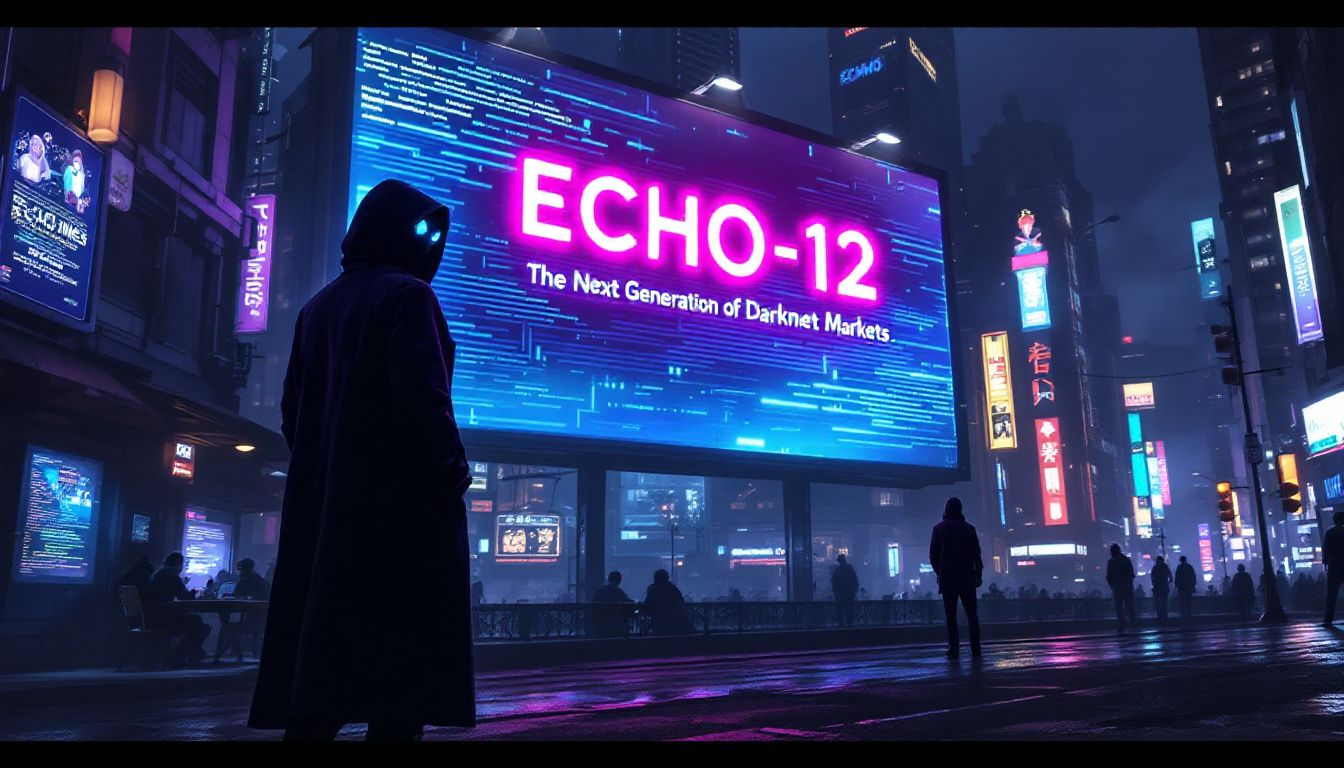
As we look to the future, technological advancements in encryption and anonymity are expected to drive increases in darknet market usage. Developments in artificial intelligence could enhance the efficiency of cybercriminal operations, making it easier for them to operate undetected on these platforms. The rise of decentralized platforms is also part of a broader trend towards direct peer-to-peer exchanges, reducing the risks associated with traditional marketplace models.
Regulatory scrutiny has led major exchanges to delist privacy-focused cryptocurrencies like Monero, pushing users towards decentralized platforms for transactions. Additionally, the growing popularity of decentralized finance (DeFi) may provide new avenues for laundering money through darknet platforms. The increasing sophistication of darknet transactions, facilitated by cryptocurrencies, is likely to further entrench these markets in the digital underworld.
The future of darknet markets remains uncertain, but one thing is clear: they will continue to evolve in response to technological advancements and regulatory pressures. As users seek greater anonymity and security, the dark web market ecosystem will adapt, driven by the relentless pursuit of privacy.
Summary
The darknet market ecosystem has undergone significant changes over the years, evolving from the days of Silk Road to the diverse and sophisticated platforms we see today. From Abacus Market to WeTheNorth, the leading markets of 2025 offer a wide range of illicit goods and services, each with unique features and transaction methods. The rise of decentralized alternatives and the integral role of cryptocurrencies highlight the ongoing quest for anonymity and security in these hidden marketplaces.
As we move forward, technological advancements and regulatory measures will continue to shape the future of darknet markets. Users and law enforcement agencies alike must stay vigilant, navigating the ever-changing landscape of the dark web. The pursuit of privacy and security will remain at the forefront, driving the evolution of these clandestine platforms.
Frequently Asked Questions
What are the main types of goods and services available on darknet markets?
The main types of goods and services on darknet markets include illicit drugs, stolen data, hacking tools, and counterfeit items. This diversity underscores the unregulated nature of these platforms.
How do cryptocurrencies like Bitcoin and Monero play a role in darknet transactions?
Cryptocurrencies like Bitcoin and Monero facilitate darknet transactions by offering anonymity, with Monero being particularly favored for its superior privacy capabilities. This makes them suitable for purchasing illicit goods and services without revealing the identities of users.
What are the risks involved in using darknet markets?
Using darknet markets poses significant risks, including exposure to fraudulent services, exit scams, and potential legal consequences. Additionally, the lack of consumer protections can lead to transactions with unreliable vendors.
How are law enforcement agencies combating darknet markets?
Law enforcement agencies are effectively combating darknet markets by enhancing international collaboration and conducting targeted operations, resulting in significant takedowns such as Hydra Market and Kingdom Market. These efforts demonstrate a robust approach to tackling illegal activities online.
What future trends are expected in darknet markets?
Expect future trends in darknet markets to be shaped by advancements in encryption, the rise of decentralized platforms, and increased use of cryptocurrencies, enhancing anonymity and security for users.
![Darknet Markets 2025 [Full List]](https://darknet-market-links.com/wp-content/uploads/2025/01/dark_he2.jpg.webp)